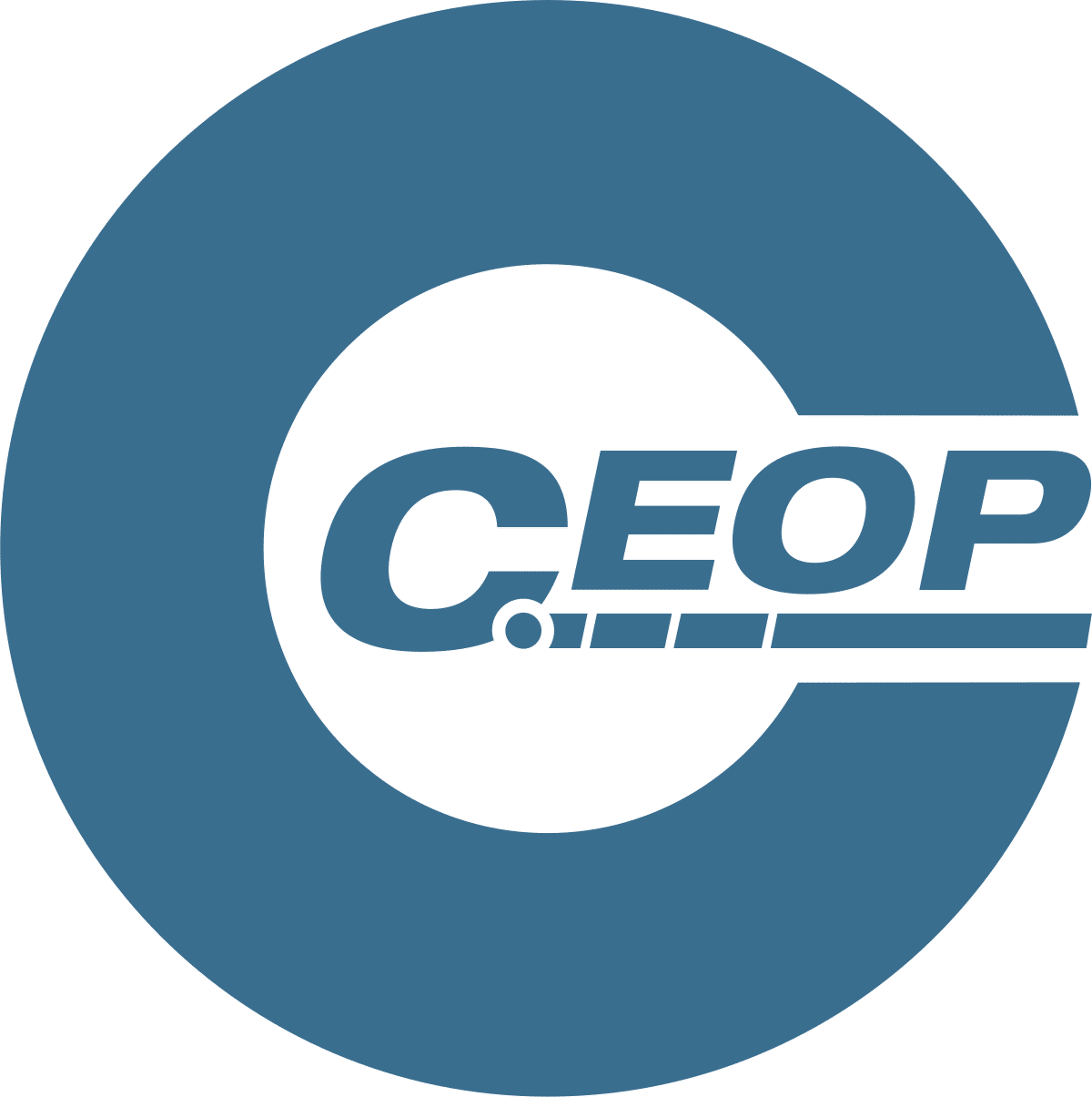A Level Computer Science teaches pupils to develop logical, practical, and creative skills in one of the most cutting-edge and relevant areas of technology. The course is split into two complementary sections, programming and theory. On the programming side of the course, pupils learn a main programming language (Python), and four complementary languages (HTML, CSS, JavaScript and SQL). Pupils will cover the fundamentals of programming, data structures, algorithms, and object-orientated programme design.
The theory side of Computer Science teaches about the internal workings of a computer, right down to the basics of how all data is stored using binary, whether that data consists of numbers, text, pictures, or even music. It goes on from there to cover aspects of computer architecture, showing exactly how data is accessed from main memory using assembly language instructions and the fetch-execute cycle. Moving wider afield, the course delves into networking and database theory. It also covers higher-level concepts such as the social and legal impact of computers, and how to go about breaking down a big problem into individual programmable steps.
It is a demanding but very rewarding course that enables entry to some of the best university courses and degree apprenticeships. Computer Science and the problem-solving and IT skills it develops will be useful in many different careers such as information technology and information management, engineering and manufacturing, construction, broadcast media and performing arts, management, journalism and publishing, and medical technology.
Skills developed at A level
Problem-solving: Most jobs particularly require problem-solving skills and creative thinking to recognise problems and their causes, identify a range of possible solutions and then assess and decide the best way forward. Of all the skills learnt and honed, this is undoubtedly the most useful and transferable of them all.
Creativity: By allowing pupils to follow their own passion in the project of the course, pupils will get the chance to practice being creative in a structured environment. In future, they may need specific artistic or design skills for a job or may need to draw on a good imagination to come up with creative solutions to business challenges.
Attention to detail: Pupils will learn to be thorough and focused on the details of a task. Programming is an unforgiving task where one symbol or letter can mean the difference between doing what it’s supposed to do or not working at all. Pupils will learn to monitor and check work, information, or plans.
Components of the course
The A level Computer Science course consists of work towards two exam papers, both worth 40% of the whole, plus a non-exam assessment worth 20% which will typically be done over a period of about 6 to 8 months.
The first exam is a written problem-solving and algorithm creation test. This tests the pupil’s ability to solve problems as much as it will test their technical knowledge of the programming languages and data structures they have learned.
The second exam tests theory and is also a written exam. Questions are designed to test pupils’ knowledge of computer systems, how they are formed, the social and legal parts of computing, communication, networking and databases. They are also required to solve simple Boolean algebra equations and trace through given pseudo code snippets.
The best part of the course is the non-examined assessment (also called the project) where pupils pick their own project which must have a significant programming element. They will create a program to solve a problem for a client, such as writing a computer game, making a mobile phone application or doing an investigation into machine learning. There is no restriction on the programming language used in the project. The project gives first-hand experience in project management, planning and testing. Recent examples include a game creation engine, a mobile phone app for tracking eating habits, a petri dish bacterium simulator and an economics-based graph calculator.
Entry Requirements
To do A Level Computer Science it is not essential to have done Computer Science at GCSE, though it is advisable to have done some practice of programming in your own time. The course has a significant programming element and those who have no previous experience in programming often find it very challenging.
Due to the significant mathematical component in the course, it is recommended that pupils have at least a 6, preferably a 7 or higher, for GCSE Maths. There are several topics that require the ability to reason logically and apply mathematical and logical processes to solutions. It is likely that if you find mathematics enjoyable and interesting then you will also like Computer Science. Equally, if you have a knack for languages or pattern spotting, you would be equally successful as learning to program is very similar to learning a new language.
Examination Board: OCR
Specification: H446
Mr K Eyers – Head of Computer Science
SIXTH FORM












